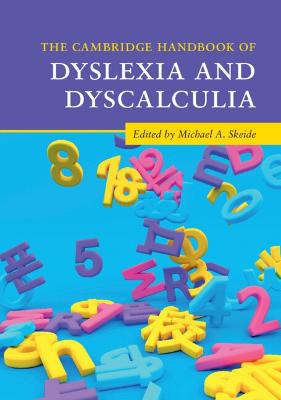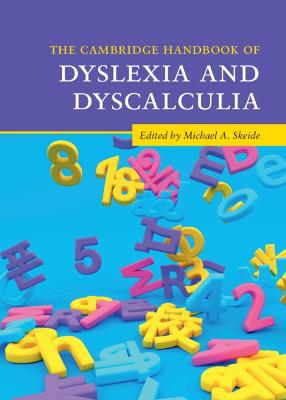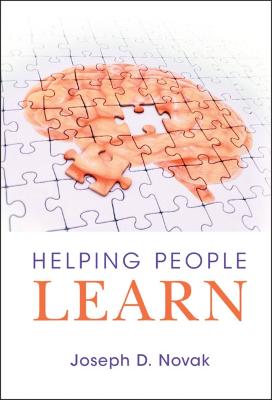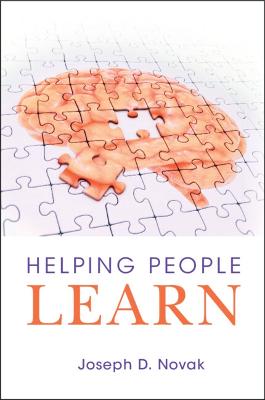Cambridge Handbook of Dyslexia and Dyscalculia
 -10%
portes grátis
-10%
portes grátis
Cambridge Handbook of Dyslexia and Dyscalculia
Skeide, Michael A.
Cambridge University Press
07/2022
420
Mole
Inglês
9781108978118
15 a 20 dias
1170
Descrição não disponível.
List of Figures and Tables; List of Contributors; Acknowledgements; General introduction Michael A. Skeide; Part I. Theoretical frameworks and computational models: 1. Theories of dyslexia Usha Goswami; 2. Theories of dyscalculia Vinod Menon and Hyesang Chang; 3. Computational models of reading and mathematical difficulties Marco Zorzi & Alberto Testolin; Part II. Cognitive profiles and behavioral manifestations: 4. Cognitive profiles and co-occurrence of dyslexia and dyscalculia Chiara Banfi, Karin Landerl and Kristina Moll; 5. Reading and mathematics anxiety Denes Szucs; Part III. Genetic and environmental influences: 6. Genetic and environmental influences on dyslexia and dyscalculia Margherita Malanchini and Agnieszka Gidziela; 7. Pre- and postnatal environmental effects on learning to read and mathematical learning Florence Bouhali and Fumiko Hoeft; Part IV. Neurodevelopmental foundations: 8. Neurogenetic insights into the origins of dyslexia and dyscalculia Michael A. Skeide; 9. Longitudinal neural observation studies of dyslexia Gorka Fraga Gonzalez, Katarzyna Jednorog and Silvia Brem; 10. Longitudinal neural observation studies of dyscalculia Karin Kucian and Ursina McCaskey; 11. Neuroplasticity in response to reading intervention Jason D. Yeatman; 12. Neuroplasticity in response to mathematical intervention Teresa Iuculano; Part V. Gender, ethnicity and socioeconomic background: 13. Gender and sex differences in dyslexia and dyscalculia Jessica F. Cantlon; 14. The role of socioeconomic and ethnic disparities for dyslexia and dyscalculia Rachel Fish; Part VI. Cultural unity and diversity: 15. Cross-cultural unity and diversity of dyslexia Wai Ting Siok; 16. Cross-cultural unity and diversity of dyscalculia Baihan Lyu and Xinlin Zhou; Part VII. Early prediction: 17. Early prediction of learning outcomes in reading Arne O. Lervag and Monica Melby-Lervag; 18. Early prediction of learning outcomes in mathematics Elizabeth A. Gunderson; Part VIII. Intervention and compensation: 19. Randomized controlled trials in dyslexia and dyscalculia Katharina Galuschka and Gerd Schulte-Koerne; 20. Cognitive enhancement and brain stimulation in dyslexia and dyscalculia Nienke E. R. van Bueren, Evelyn H. Kroesbergen and Roi Cohen Kadosh; 21. Persistence and fadeout of responses to reading and mathematical interventions H. Moriah Sokolowski and Lien Peters; Part IX. Best practice: diagnostics and prevention: 22. Diagnosis of dyslexia and dyscalculia: challenges and controversies Thomas Lachmann, Kirstin Bergstroem, Julia Huber and Hans-Christoph Nuerk; 23. Prevention of dyslexia and dyscalculia Marcus Hasselhorn and Wolfgang Schneider; Part X. Best practice: schooling and educational policy: 24. Dyslexia and the dyslexia-like picture: Supporting all children in primary school Sonali Nag; 25. Best practice and policy in math education in school Antje Ehlert and Luisa Wagner; General summary Michael A. Skeide; References; Index.
Este título pertence ao(s) assunto(s) indicados(s). Para ver outros títulos clique no assunto desejado.
List of Figures and Tables; List of Contributors; Acknowledgements; General introduction Michael A. Skeide; Part I. Theoretical frameworks and computational models: 1. Theories of dyslexia Usha Goswami; 2. Theories of dyscalculia Vinod Menon and Hyesang Chang; 3. Computational models of reading and mathematical difficulties Marco Zorzi & Alberto Testolin; Part II. Cognitive profiles and behavioral manifestations: 4. Cognitive profiles and co-occurrence of dyslexia and dyscalculia Chiara Banfi, Karin Landerl and Kristina Moll; 5. Reading and mathematics anxiety Denes Szucs; Part III. Genetic and environmental influences: 6. Genetic and environmental influences on dyslexia and dyscalculia Margherita Malanchini and Agnieszka Gidziela; 7. Pre- and postnatal environmental effects on learning to read and mathematical learning Florence Bouhali and Fumiko Hoeft; Part IV. Neurodevelopmental foundations: 8. Neurogenetic insights into the origins of dyslexia and dyscalculia Michael A. Skeide; 9. Longitudinal neural observation studies of dyslexia Gorka Fraga Gonzalez, Katarzyna Jednorog and Silvia Brem; 10. Longitudinal neural observation studies of dyscalculia Karin Kucian and Ursina McCaskey; 11. Neuroplasticity in response to reading intervention Jason D. Yeatman; 12. Neuroplasticity in response to mathematical intervention Teresa Iuculano; Part V. Gender, ethnicity and socioeconomic background: 13. Gender and sex differences in dyslexia and dyscalculia Jessica F. Cantlon; 14. The role of socioeconomic and ethnic disparities for dyslexia and dyscalculia Rachel Fish; Part VI. Cultural unity and diversity: 15. Cross-cultural unity and diversity of dyslexia Wai Ting Siok; 16. Cross-cultural unity and diversity of dyscalculia Baihan Lyu and Xinlin Zhou; Part VII. Early prediction: 17. Early prediction of learning outcomes in reading Arne O. Lervag and Monica Melby-Lervag; 18. Early prediction of learning outcomes in mathematics Elizabeth A. Gunderson; Part VIII. Intervention and compensation: 19. Randomized controlled trials in dyslexia and dyscalculia Katharina Galuschka and Gerd Schulte-Koerne; 20. Cognitive enhancement and brain stimulation in dyslexia and dyscalculia Nienke E. R. van Bueren, Evelyn H. Kroesbergen and Roi Cohen Kadosh; 21. Persistence and fadeout of responses to reading and mathematical interventions H. Moriah Sokolowski and Lien Peters; Part IX. Best practice: diagnostics and prevention: 22. Diagnosis of dyslexia and dyscalculia: challenges and controversies Thomas Lachmann, Kirstin Bergstroem, Julia Huber and Hans-Christoph Nuerk; 23. Prevention of dyslexia and dyscalculia Marcus Hasselhorn and Wolfgang Schneider; Part X. Best practice: schooling and educational policy: 24. Dyslexia and the dyslexia-like picture: Supporting all children in primary school Sonali Nag; 25. Best practice and policy in math education in school Antje Ehlert and Luisa Wagner; General summary Michael A. Skeide; References; Index.
Este título pertence ao(s) assunto(s) indicados(s). Para ver outros títulos clique no assunto desejado.







